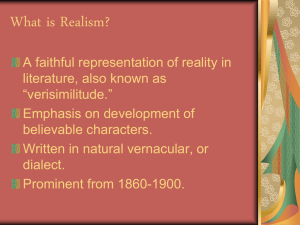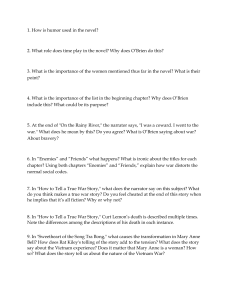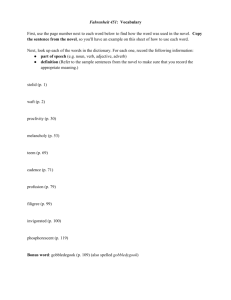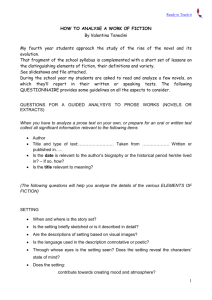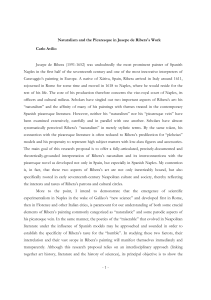Invisible Man - Multiple Critical Perspective
advertisement
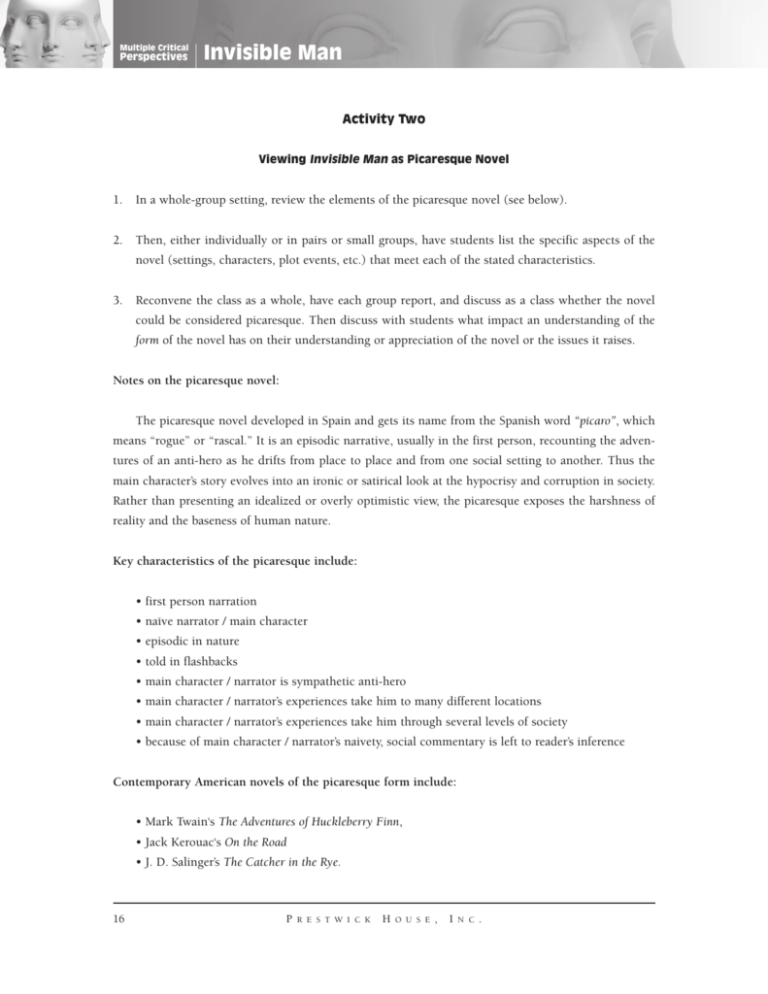
Multiple Critical Perspectives Invisible Man Activity Two Viewing Invisible Man as Picaresque Novel 1. In a whole-group setting, review the elements of the picaresque novel (see below). 2.Then, either individually or in pairs or small groups, have students list the specific aspects of the novel (settings, characters, plot events, etc.) that meet each of the stated characteristics. 3.Reconvene the class as a whole, have each group report, and discuss as a class whether the novel could be considered picaresque. Then discuss with students what impact an understanding of the form of the novel has on their understanding or appreciation of the novel or the issues it raises. Notes on the picaresque novel: The picaresque novel developed in Spain and gets its name from the Spanish word “pícaro”, which means “rogue” or “rascal.” It is an episodic narrative, usually in the first person, recounting the adventures of an anti-hero as he drifts from place to place and from one social setting to another. Thus the main character’s story evolves into an ironic or satirical look at the hypocrisy and corruption in society. Rather than presenting an idealized or overly optimistic view, the picaresque exposes the harshness of reality and the baseness of human nature. Key characteristics of the picaresque include: • first person narration • naïve narrator / main character • episodic in nature • told in flashbacks • main character / narrator is sympathetic anti-hero • main character / narrator’s experiences take him to many different locations • main character / narrator’s experiences take him through several levels of society • because of main character / narrator’s naivety, social commentary is left to reader’s inference Contemporary American novels of the picaresque form include: • Mark Twain‘s The Adventures of Huckleberry Finn, • Jack Kerouac‘s On the Road • J. D. Salinger’s The Catcher in the Rye. 16 P r e s t w i c k H o u s e , I n c .


